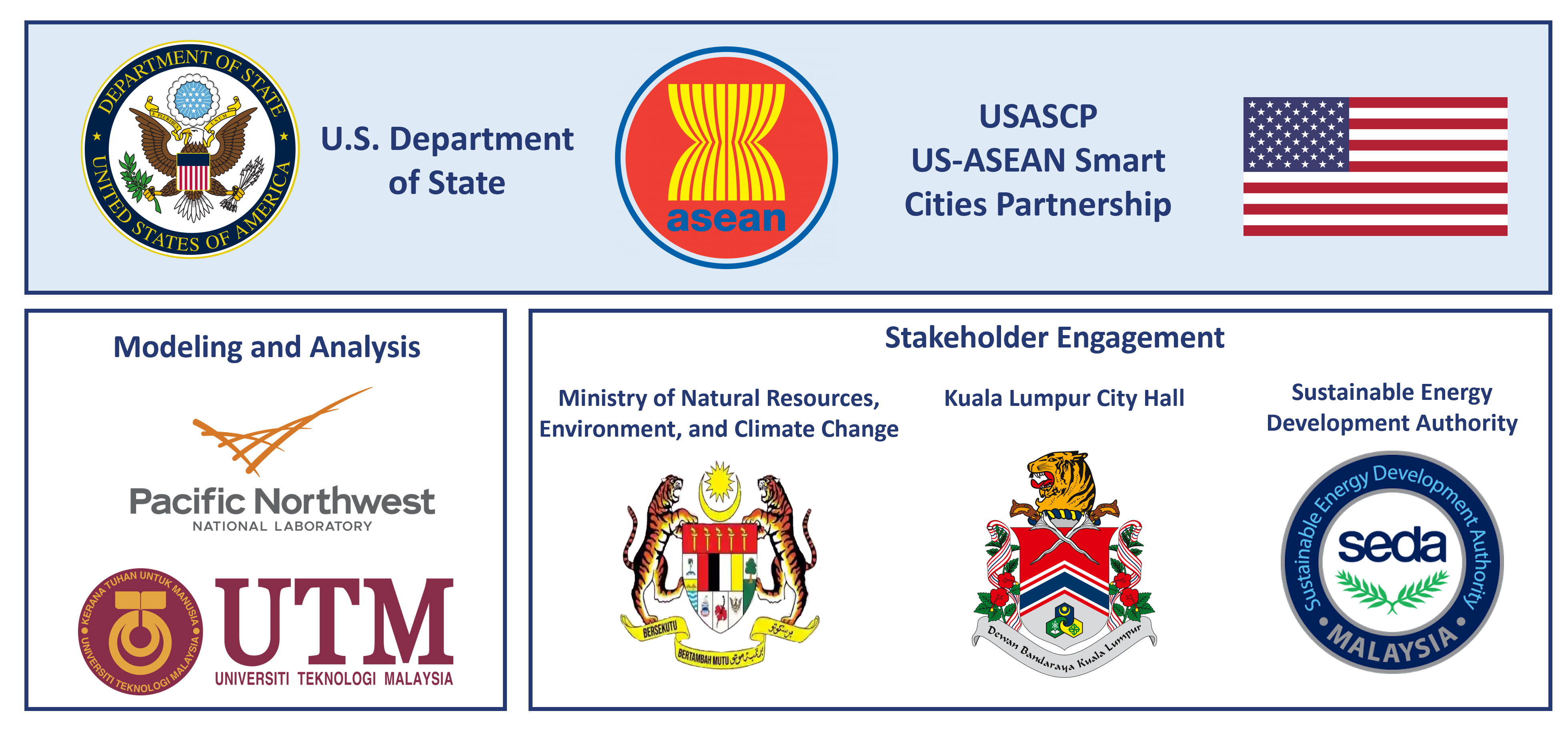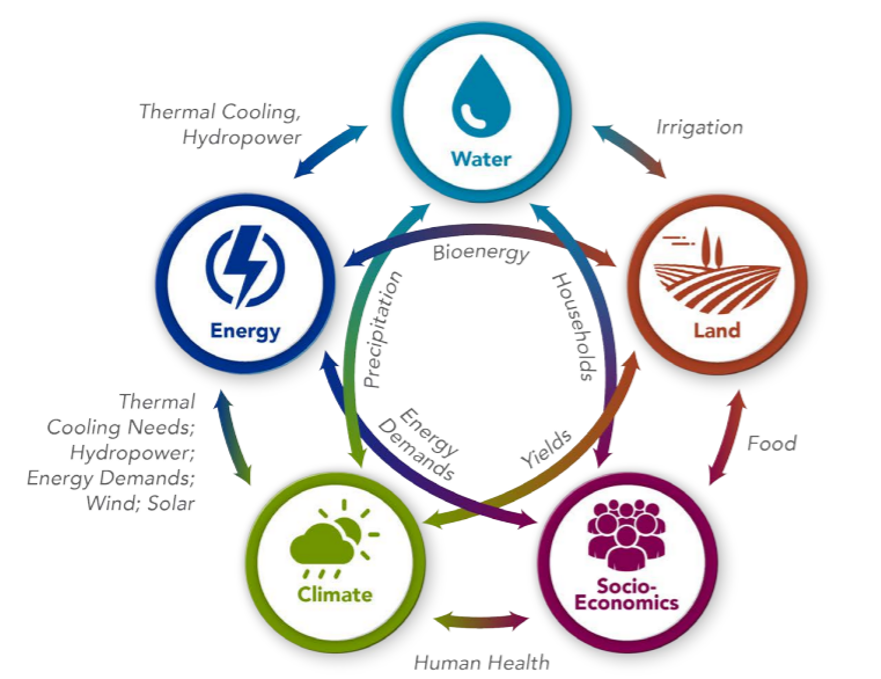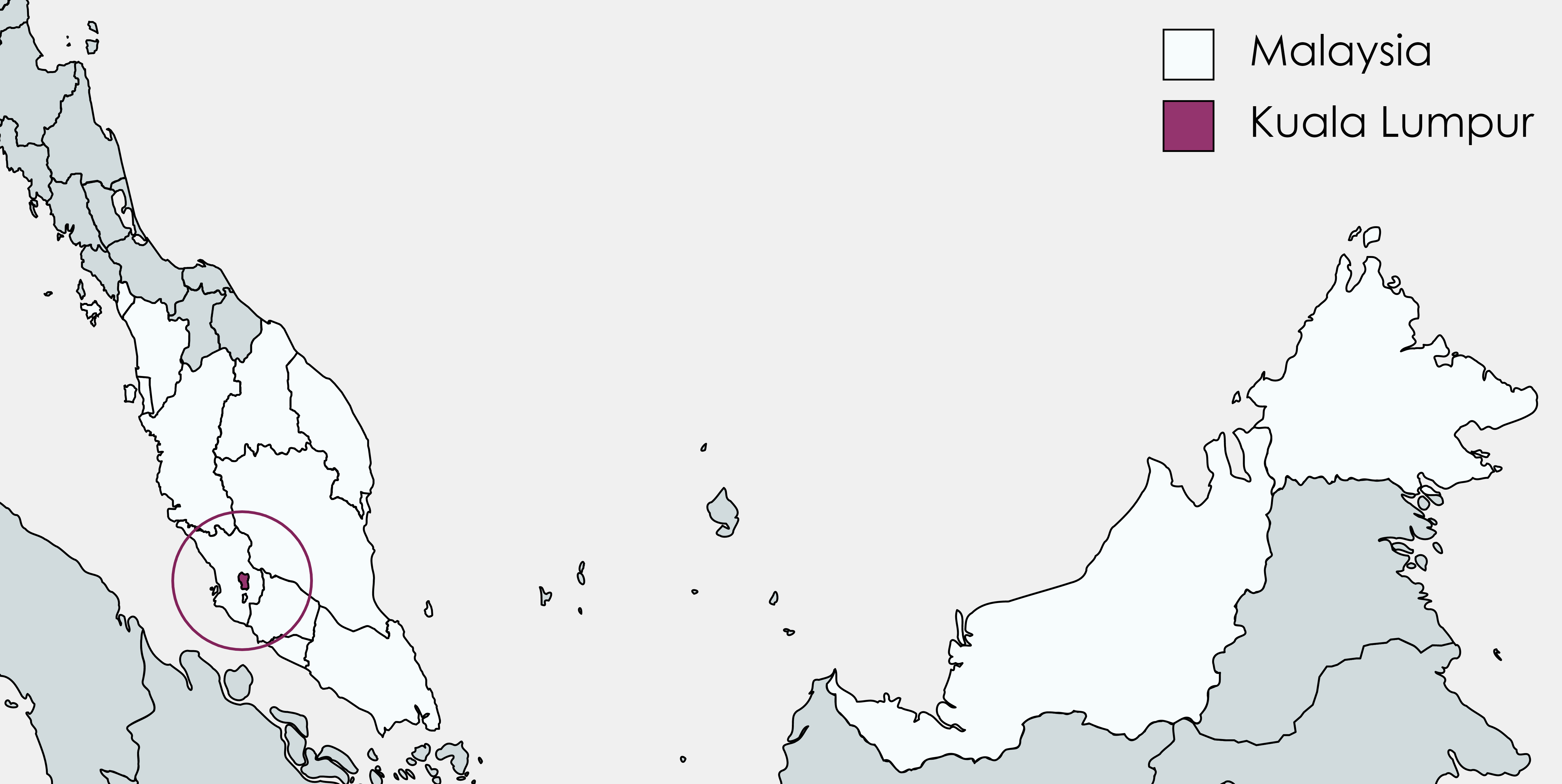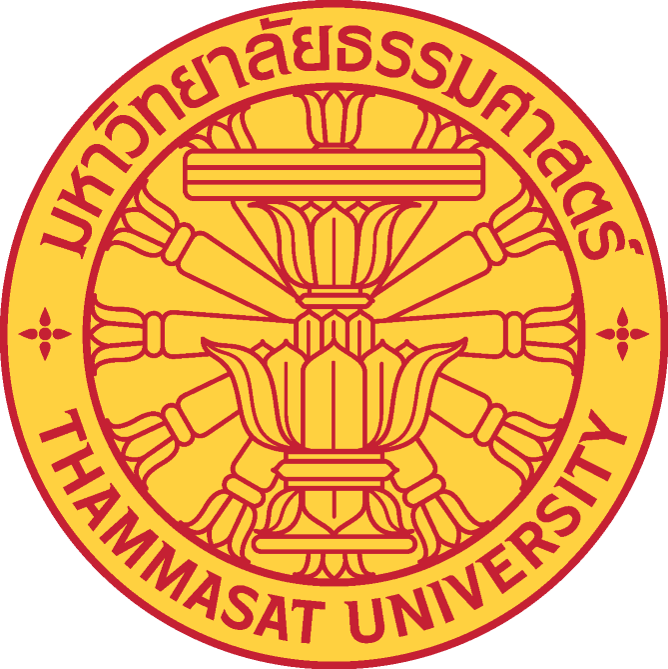Pathways to Carbon Neutrality for Malaysia and Kuala Lumpur
Executive Summary

Pathways to Carbon Neutrality in 2050 (click to enlarge figure)
Background

Southeast Asia is undergoing a period of rapid growth and urbanization, largely driven by cities. Cities are a critical component of a country’s socioeconomic growth but are also large contributors to climate change; many ASEAN member states recognize this and have implemented Smart Cities programs. Prior to COP26, Malaysia announced that it had set a goal to become carbon neutral as early as 2050. Soon after, Kuala Lumpur committed to becoming a carbon neutral city by 2050. As Malaysia’s capital, Kuala Lumpur has an important role in the decarbonization of Malaysia.
The US-ASEAN Smart Cities Partnership (USASCP) uses innovative approaches across sectors to address the challenges and opportunities of energy development and urbanization in ASEAN Member States. In support of the USASCP, the U.S. Department of State Bureau of Energy Resources’ Power Sector Program is partnering with Kuala Lumpur to support existing plans to achieve carbon neutrality. The U.S. Department of Energy’s Pacific Northwest National Laboratory implemented the program by collaborating with local partners, including the Universiti Teknologi Malaysia (UTM), the Kuala Lumpur City Hall (DBKL), the Sustainable Energy Development Authority (SEDA), and the Ministry of National Resources, Environment, and Climate Change (NRECC). In collaboration with these partners, PNNL used its Global Change Analysis Model (GCAM) to model various policy trajectories towards net zero by 2050 and corresponding economic and environmental impacts.
Project Partners

Methodology

Through stakeholder driven analysis using a state of the art model,
GCAM, PNNL and local partners in Malaysia were able to look into the
role current policies and targets play to reach carbon neutrality by
2050. GCAM is a global model, but can be used to assess specific
countries and cities, such as Malaysia and Kuala Lumpur. It incorporates
socioeconomic, energy, land use, water, and climate systems (see figure
below), and allows users to see the links and feedbacks between them.
GCAM has detailed representation of energy technologies in different
sectors, including electricity, buildings, transportation, industry,
hydrogen production, and other energy supply sectors. It utilizes data
on population, GDP, technology characteristics, policies, resource
availability, and hundreds of other inputs to produce historical and
projected future outputs. These outputs include greenhouse gas
emissions, electricity prices, energy supply and demand, and others, at
five-year time steps from a historical baseline year to 2100.
Conceptual diagram of GCAM

Analysis will be performed at both the national and city-level in Malaysia and Kuala Lumpur, shown in the map below. Scenarios will be assessed up from the year 2015 to the year 2050, with the GCAM analysis conducted at five-year intervals within this range.
Map of analysis regions in Malaysia

Scenarios

Through a joint effort between UTM, national and subnational stakeholders, and PNNL, three scenarios were developed to provide a set of future pathways. The Business as Usual scenario uses historical energy and emissions, combined with expected future socioeconomic trajectories and technology assumptions, to project future conditions without additional policies or constraints. The Policies scenario assumes that Malaysia implements policies in the power, buildings, industry, and transportation sectors consistent with current plans. The Carbon Neutral scenario combines these policies with an emissions constraint to determine the additional measures needed to reach carbon neutrality by 2050. The policies considered include Malaysia’s national power development plans, as well as sector-specific measures to promote energy efficiency, electrification, and the reduction of greenhouse gas emissions.
- Business as Usual: Scenario using a reference projection without imposing any policies or constraints.
- Policies: Scenario representing existing city and national policies and targets.
- Carbon Neutral: Scenario using most efficient pathway to national carbon neutrality by 2050.
Details on the policies and targets can be found on the Modeling - Malaysia page.
Results

The results below support key insights from this analysis. Additional details and results can be found on the Modeling - Malaysia page.



